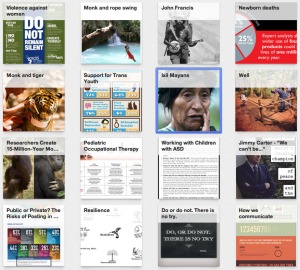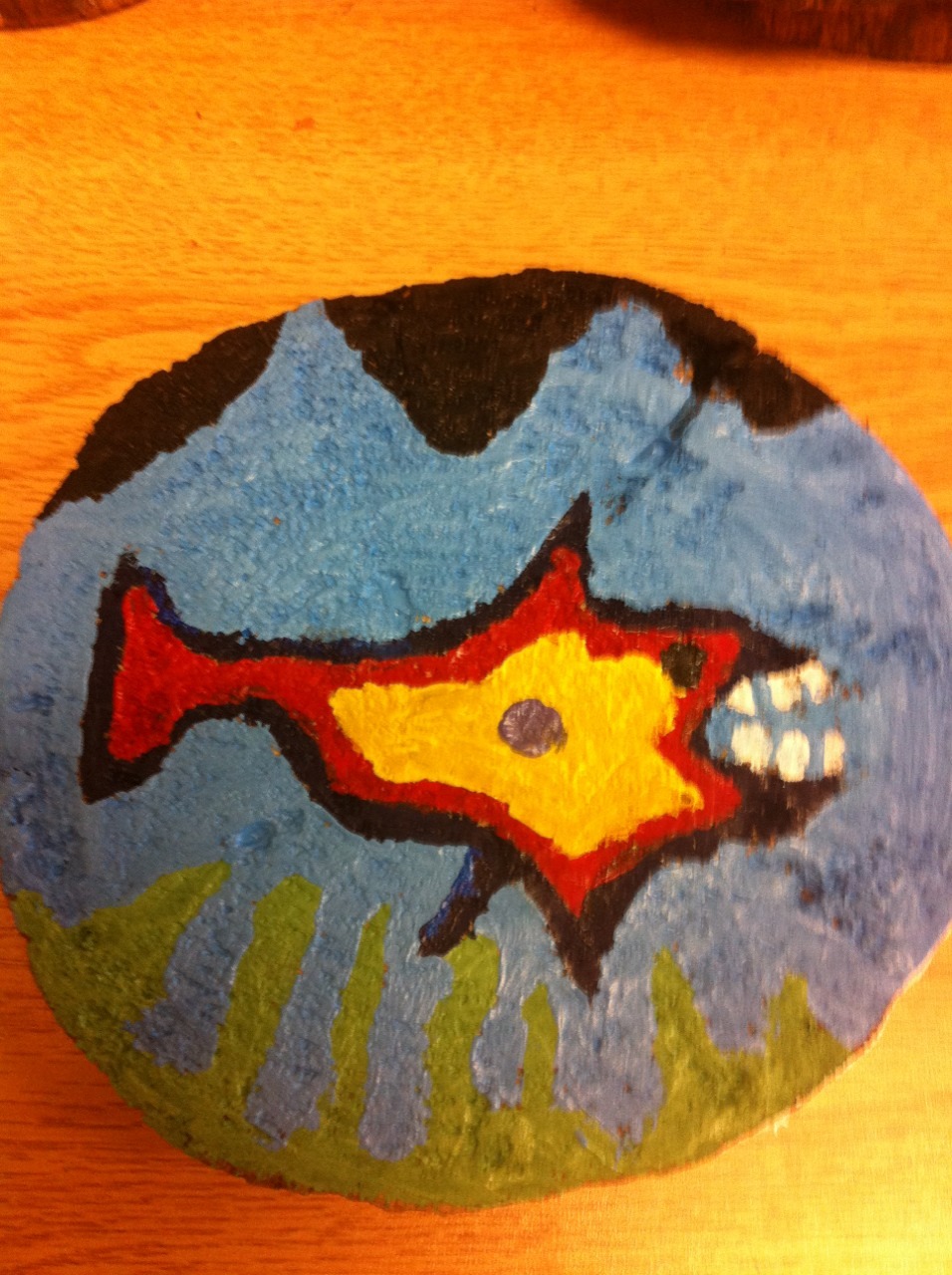After spending the summer curating and tagging a veritable plethora of resources for inquiry (300+ notes) and with the first day of a new school year rapidly approaching, it's time to use Evernote to plan a unit of inquiry for my grade 6 class. The inquiry was framed at the end of the last school year using the
IB PYP planner:
Transdisciplinary Theme: Who we are
Central Idea: Human rights and responsibilities are shared across cultures.
Key Concepts: Function, Connection, Responsibility
Lines of Inquiry: How rights are viewed globally; How rights are granted; Actions required to protect rights
Naturally, I have a few resources and activities in mind already, such as introducing the
Universal Declaration of Human Rights, surveying other classes around the world about their views regarding human rights, and researching the history of rights movements and laws, among others.
What I'm looking for from my Evernote notebook, however, is the shocking, thrilling, engaging, provoking media that truly engage authentic inquiry and learning.
The obvious thing to do first is to find out if the tagging scheme outlined in
Inquiry with Evernote vol 1 really works to retrieve relevant and provocative resources. Starting with the 'Who we are' tag, my first search yielded 95 results. Refining that search by the 'Function' tag revealed 26 notes, 'Connection' had 23, and 'Responsibility' had 26 (to view notes including multiple tags, simply command-click).
Included in 'Who we are' plus 'Function' were many photos of people wearing traditional clothing which could be relevant to an inquiry into people's rights regarding their beliefs. Also, there was a link to a great infographic called
How humans learn which will be very useful when discussing our right to education.
Among notes tagged 'Who we are' plus 'Connection', I found several resources about
Digital Citizenship and
cyberbullying which will prove to be very useful when we begin exploring our class blog and social media.
Finally, notes with both the 'Who we are' and 'Responsibility' tags led to a delightful collection of
quotes by Albert Einstein that will be wonderful to explore early in the school year.
Just for fun, I tried 'Who we are' and
all three key concepts and found 3 notes that met those criteria. Not bad! Of those three, this has the most potential:
The note is simply called 'Bayaka' and comes from a
post from one of my favorite tumblrs about the plight of the pygmy peoples of Central Africa. That post contains links to the original source Smithsonian
article, a short
video from the BBC, and a documentary
film which raises issues of land rights and slavery.
What a find! Normally, I would spend hours trying to locate or relocate such rich and relevant media. However, the question remains whether these materials relate to the central idea and lines of inquiry into Rights. A scan of the Smithsonian article reveals this:
'Over the past decade, I've visited Pygmy clans in several Congo Basin countries, witnessing the destruction of their traditional lifestyle by the Bantu, as taller Africans are widely known. On this trip, this past February, my companion is Manfred Mesumbe, a Cameroonian anthropologist and expert on Pygmy culture. "The Bantu governments have forced them to stop living in the rain forests, their culture's bedrock," he tells me. "Within a generation many of their unique traditional ways will be gone forever."' Paul Raffaele, Smithsonian magazine, Dec 2008
It's like magic. If this article and related videos are not a perfect provocation for this inquiry, I don't know what would be. So what shall we do with them?
This unit will also serve as our introduction to Global Digital Citizenship, so I'll embed one of the videos on our class blog and let this be one of our first 'view and respond' activities to practice posting thoughtful comments. To support that task, we'll read the Smithsonian article together in class. Then, I'll challenge the students to research another instance of rights violations in the world, post their own findings, and comment on each other's posts.
What if a student needs help with their independent inquiry? Based on the nature of the assignment, I think Responsibility is the most applicable key concept. A quick browsing of the 26 matching posts turns up several that could help someone get started:
The highlighted note with the photo of the crying woman is titled 'Ixil Mayans' and links to another tumblr
post about oppressed indigenous people in Guatemala. It would provide ideal search terms to begin researching and images to effectively provoke the inquiry.
Questions being central to inquiry, I'd like to test my Evernote notebook's response to a more specific search. Let's see how it holds up to a question like "what are the differences between rights in different countries?". The logical terms to search would be 'rights' and 'country'. Unfortunately, I haven't tagged
any posts with 'rights'. To make the matter worse, almost all of my notes tagged with names of countries are interesting photos, but not necessarily related to any article about current or historical events. Clearly, I need to improve my cache of secondary concepts (rights, transportation, technology, etc) and simply keep clipping notes focusing on issues and linked to more articles about historical and current events.
Finally, it's important to add a new tag to any notes used for this inquiry. I use the school year, grade, 'UOI#', and title of the the unit, in this case,
Rights & Responsibilities. Notes used in this inquiry are tagged 1314 G6 UOI1 Rights & Responsibilities to make them easy to spot later, and so that tags will be organized chronologically.
Does Evernote work for inquiry?
I'd say so. In the time it took to write this post, I planned a sizable chunk of guided inquiry for my class including authentic articles and video, and that's from just one note. Further independent inquiry can be instantly supported with additional resources, as well as spontaneous modeled and guided inquiry.
In volume 3 of Inquiry with Evernote, I'll be reflecting on using Evernote in the classroom for real-time inquiry during the first weeks of a new school year. Thanks for reading and please leave your questions and suggestions!



















,_5._April_2012,_D%C3%BCsseldorf.jpg)













